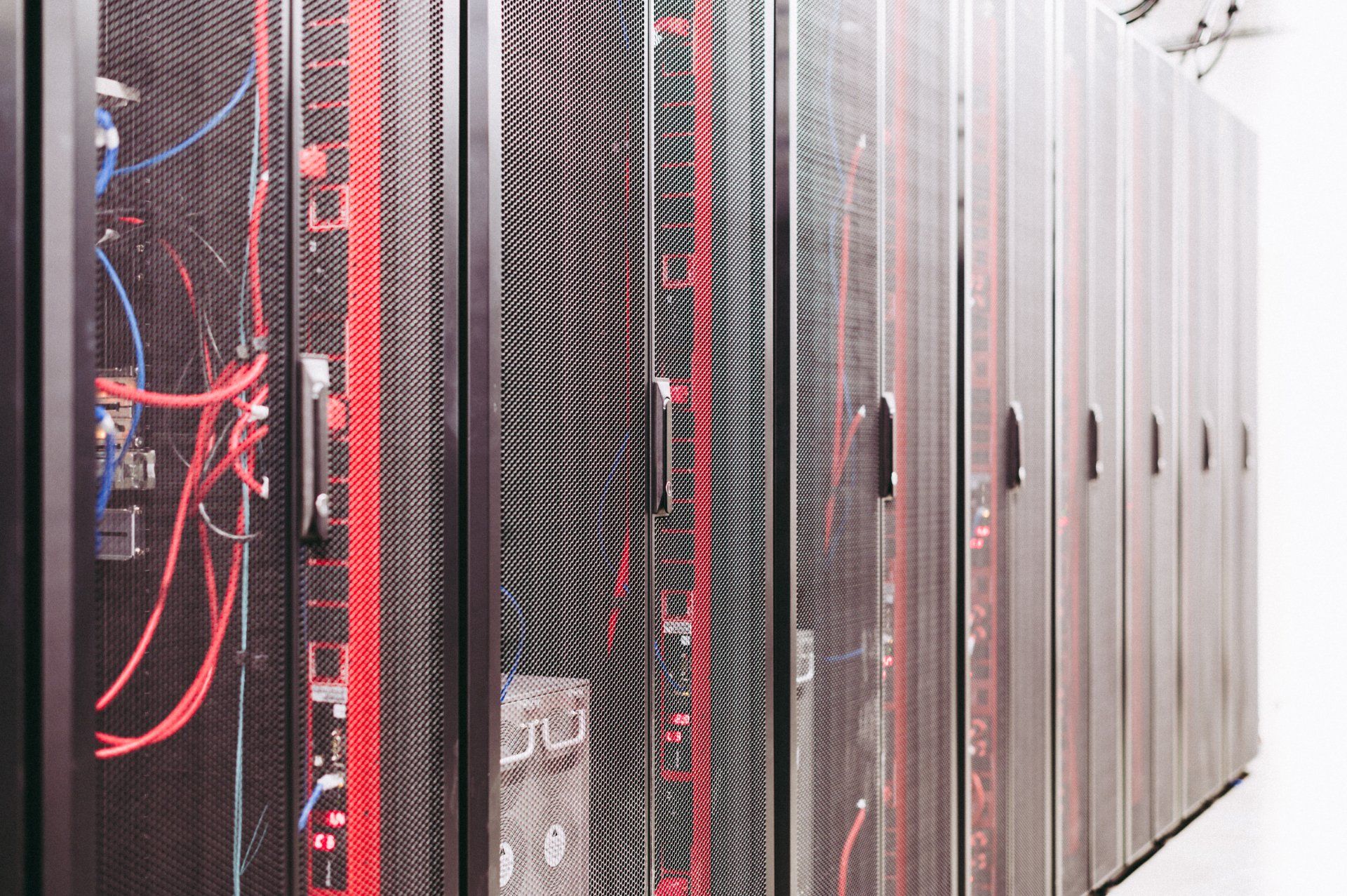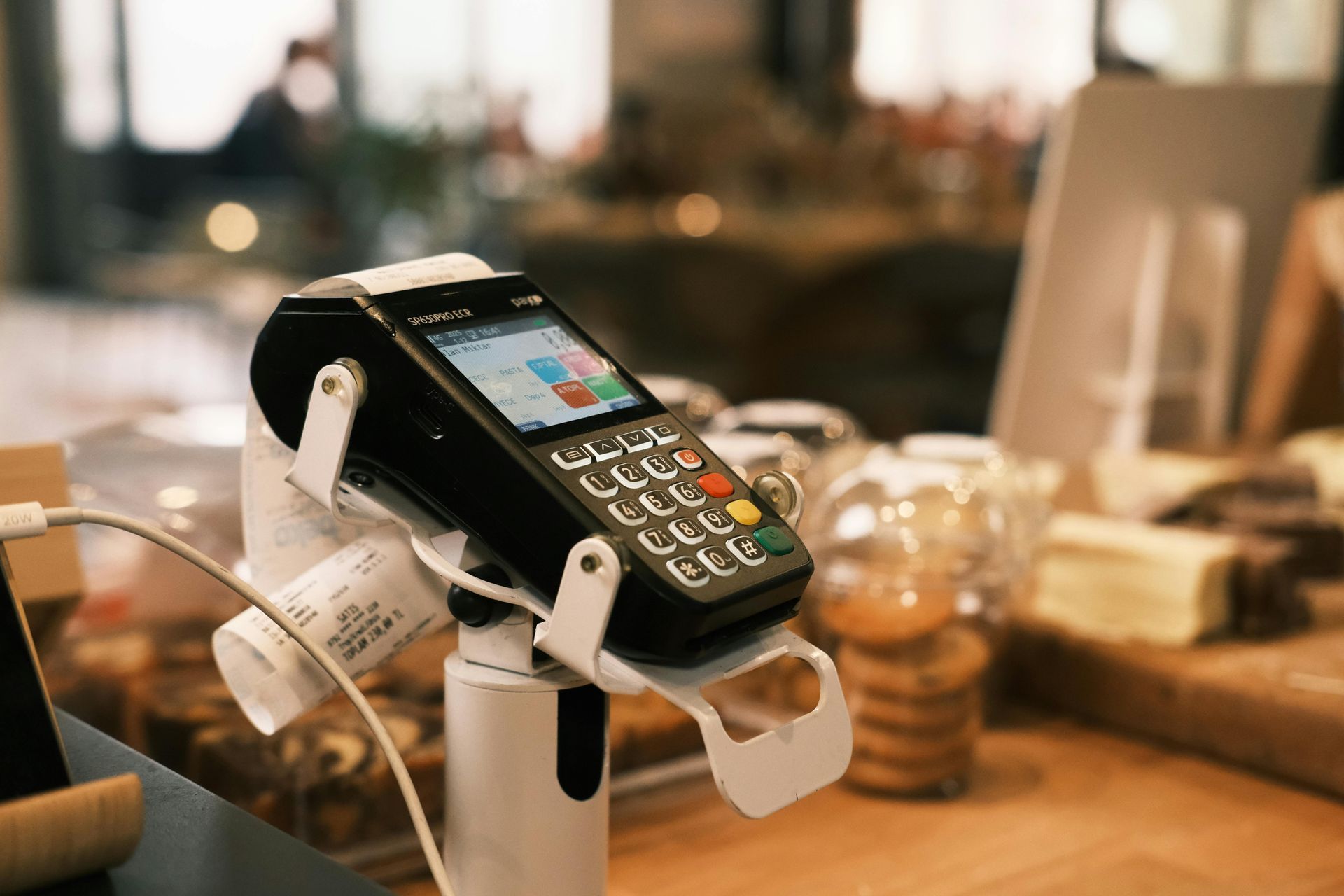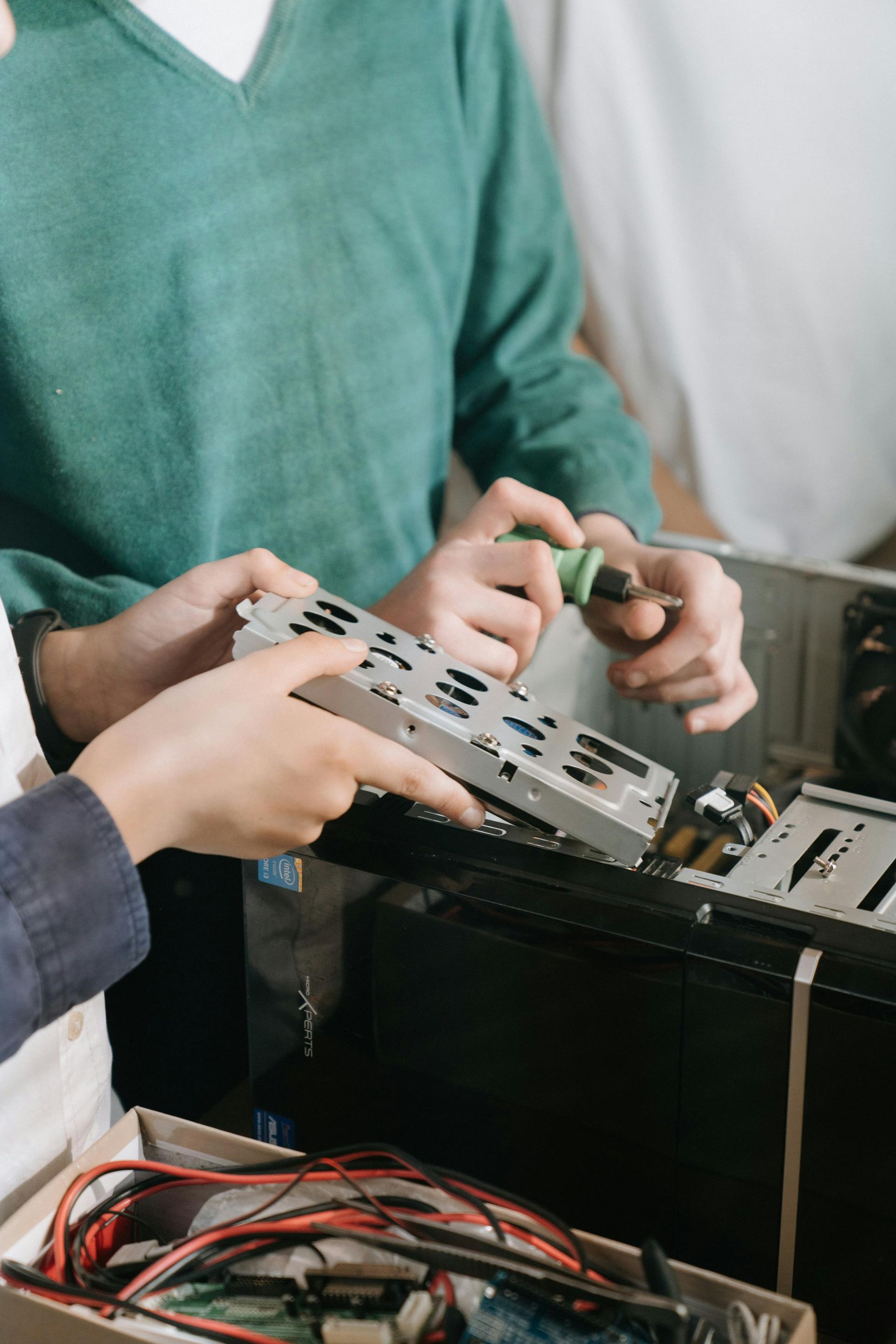WHY REMOTE RESILIENCY IS SO IMPORTANT
Remote Resiliency Explained For Your Business

In the digital world of today, disruption is highly prevalent in business. Companies face great challenges with fierce competition, new technologies, economic, social and political change, not to mention pandemics. Disruption means that each business needs to prepare for the future. Protecting IT infrastructure and data systems is one of the core challenges. In this article we explore remote resiliency and how it is more important than ever for businesses.
What is Remote Resiliency?
“Resiliency is the ability of your system to react to failure and still remain functional. It's not about avoiding failure, but accepting failure and constructing your cloud-native services to respond to it. You want to return to a fully functioning state as quickly as possible.”
Source:
Microsoft.com, 04/07/2022
Cloud resiliency is vital to make sure that IT services and resources can recover rapidly and without incurring any loss of data. Data loss scandals can seriously impact a business financially, legally and reputationally.
The Gartner 2019-20 Report
In Gartner’s 2019-2020 Top Insights for the C-Suite, analysis of nearly 1,000 organisations highlighted those companies which had temporary revenue and profit losses after a severe crisis found it harder to operate and grow in the future. In contrast, ‘Fit enterprises increased their revenue at a compound annual growth rate of 5% over the past three years, compared with 3.5% for fragile enterprises.’
The Wake Up Call For Business Leaders
The 2019/20 Gartner C-suite e-book prompted company leaders to review and update their contingency plans in order to face crises. In today's turbulent world there is mass digital, political and social change at unprecedented levels and the risk of being unprepared is high.
Even in good times, leading digital transformation and IT infrastructure strategies can be challenging, so considering going off-premise might not seem the optimal choice. However, benchmarking your IT infrastructure resilience and seeking trusted support provides the opportunity to re-evaluate requirements, improve cost efficiencies and navigate to safer shores.
The Resilience of Critical Infrastructure
The Business Continuity Institute (BCI) cited the top 5 organisational functions important to the foundation of a resilient organisation as: Business Continuity; Crisis Leadership and Management, IT Disaster Recovery, Risk Management and Information Security². The resilience of critical infrastructure is the backbone of all these areas.
The Elements of An IT Disaster Recovery Plan
The most comprehensive IT disaster recovery plan will comprise a back-up strategy with a fully mirrored recovery site. This should work in conjunction with periodic risk assessments, the overall objective being to safeguard mission critical operations within unplanned scenarios, whilst at the same time continuing your digital transformation and ensuring business agility against changing external conditions. Successfully integrating real time data analytics and insights will also optimise risk mitigation.
With a secure and reliable data centre provider, you can alleviate many of these risks. The right colocation facility provides a safe, secure, and resilient, purpose-built environment to house your critical infrastructure, incorporating all the necessary redundancies so you can rest assured your business will remain online and operational at all times.
IP House: Multiple Levels of Resiliency
IP House is a Tier III data centre with multiple levels of resiliency to protect customers from unexpected downtime. Should incoming power to the facility be compromised, our UPS’ will take over the load, whilst UPS batteries and power modules are continuously monitored and maintained to ensure uptime during an outage or power event.
Critical Infrastructure Systems Monitored 24/7
Our UPS’ and all critical infrastructure systems are also monitored 24/7 via Schneider Electric’s AI-enabled EcoStruxureTM IT. Internal, remote and our vendor Partner NOC Operators are always connected and have the ability to react to real-time data and analysis for optimum performance and service. Our Intelligent UPS’ have multiple component redundancy and also perform scheduled self-maintenance tests to inform of any predictive risks.
Onsite Generators Fully Maintained
Additionally, the facility has dual redundancy A+B generators installed, designed to take the load off of the UPS’ if required. The site generators are fully maintained and serviced thoroughly throughout the year and a fuel supply contract ensures they run at peak capacity whilst any power outages are resolved.
Bi-Annual Testing To Optimise Our Facilities
Furthermore, Black Building Tests and Load Bank Tests are completed bi-annually to optimise the facilities resilience. Our goal is to ensure that clients’ business operations and critical infrastructure remain online and continue to function without failures.
Cooling, Network and Racks
Within the facility, infrastructure cooling systems are configured to N+1, so if a cooling unit fails there is an adequate configuration of units to continue operating at the correct efficiency. The systems are equipped with Network Integration Cards, which allow us to monitor the units via Schneider Electric’s EcoStruxure Data Centre Expert solution and all units are maintained and serviced regularly. Cooling units are also energised through ATS (automatic transfer switches), powered by dual redundant A+B feeds.
Network Carriers With Dual Entry Points
The data centre is carrier neutral with connections available from multiple carriers to a single client, depending on the levels of resiliency that they require. All network carriers have dual entry points into the facility and private rack footprints in each of the Meet Me Rooms. This allows for an A Feed from one carrier, and a completely separated B feed from another.
Consistent Availability From Incumbent Power
The facility is also designed to deliver consistent availability from incumbent power through to the racks and client equipment. Two power distribution units (PDUs) are provided per rack, which in turn are supplied from independent power supplies. Most servers, large switching devices and rack level equipment are supplied with dual power inputs. For equipment that is not, In-Rack ATS is offered which will convert a single power fed piece of equipment into a dual feed. This can be essential for non-redundant or standalone setups without failover configurations.
Cybersecurity and Safeguarding Remote Working
According to the FTI Consulting’s Resilience Barometer 2020 report, 90% of those surveyed believed they had cybersecurity gaps. IP House has spent years investing in multifaceted levels of physical security, cybersecurity protocols, advanced threat protection, endpoint protection, and remote monitoring. This combination creates a preeminent level of security. Data is protected via an in-house security operations centre, and intuitive monitoring software yields the highest quality of live data sets, rapidly identifying attack vectors and potential threats.
Next Generation DCIM Software
Utilising next-generation DCIM software means that by the time a client is aware of an issue, we are already working to resolve it. Through remote monitoring everything can be managed from an off-site location, and for organisations having to adapt rapidly whilst maintaining interconnectivity with staff, the colocation facility is ahead of the learning curve; uniquely positioned to guide new clients with technical advice, trusted partnerships and operational continuity driven by operational and service excellence.
Innovation and 24 Hour Protection
We are propelled by innovation, equipped to provide remote hands services covering all aspects of onsite management and engineering tasks. Our customers can be safe in the knowledge that all their services, no matter how large or small, are in the hands of experienced professionals. IP House acts as an extension of their team, 24 hours a day, 7 days a week, 365 days a year. For organisations who need urgent assistance to maintain business continuity, we can move clients into the facility within a 24-hour timeframe.
Remote Assistance From Senior Team Members
Today IP House makes remote working seamless for clients. Our senior team will undertake the tasks that your engineers would have travelled here to complete, ensuring only minimal people are required on-site. We continue to facilitate digital meetings for existing clients and virtual tours for new enquiries, ensuring every precaution possible has been taken to deliver resiliency, upon resiliency.
For more information about data hosting for your business, please fill out the contact form below.
(This article is an update of the article originally written by Sean Hilliar on May 19, 2020 - ‘Remote Resiliency Must Haves To Make Your Business More Secure’)
Contact Us











